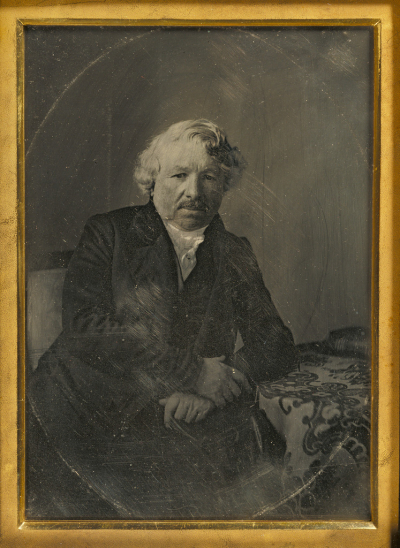[Note: The Online Photographer's M.C., majordomo, and Chief Bottlewasher, Mike J., just had his eye operated on and is recuperating. Big rule during recovery: no screens, no reading, lie flat and stare at the ceiling. He got an Echo and is listening to Audible books! Meanwhile, for your amusement and edification, a few bon mots from other writers and photographers. One will be published every day while Mike’s away.]
-
"...When Daguerre published his subscription broadsheet in late 1838, he described his own process as 'the spontaneous reproduction of the images of nature received in the camera obscura' and spoke throughout of delivering to buyers 'the effects of nature,' of 'a perfect image of nature,' and of 'the imprint of nature.' Here again then[,] Daguerre faced a quandary. Did his process actively make an image of nature or merely make it possible for her to 'imprint' an image of herself? Like Niépce before him, Daguerre solved his conceptual dilemma with a construction of language that paradoxically doubled back on itself, thus allowing him to posit a nature somehow both drawn and drawing, reproduced and reproducing. As he put it in his concluding remark: 'In conclusion, the DAGUERREOTYPE is not merely an instrument which serves to draw nature; on the contrary it is a chemical and physical process which gives her the power to reproduce herself.'"
—Geoffrey Batchen, Burning With Desire (1997), p. 66
Photo: Charles Richard Meade (American, 1826–1858)
Portrait of Louis-Jacques-Mandé Daguerre, 1848, Daguerreotype, hand-colored
15.7 × 11.5 cm (6 3/16 × 4 1/2 in.), 84.XT.953
The J. Paul Getty Museum, Los Angeles
Original contents copyright 2019 by Michael C. Johnston and/or the bylined author and credited sources. All Rights Reserved. Links in this post may be to our affiliates; sales through affiliate links may benefit this site.
Amazon.com • Amazon UK • Amazon Canada
Amazon Germany • B&H Photo • Adorama
(Sorry! There are no comments this week—the moderator is also stuck supine staring at the ceiling.)




Comments